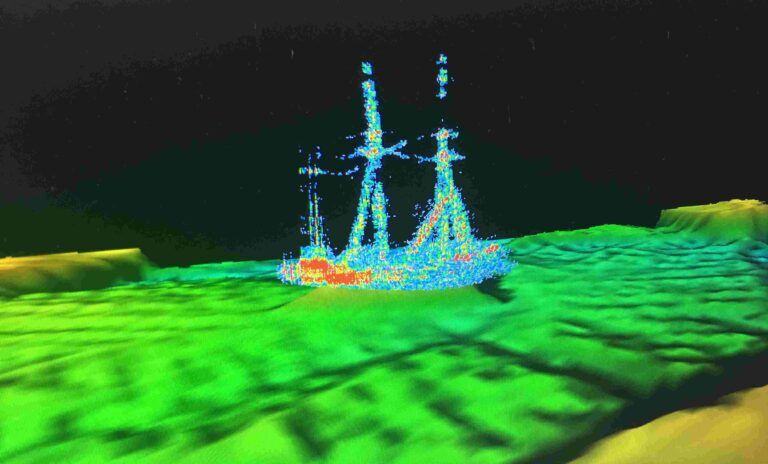A US Great Lakes shipwreck mystery has been solved with the discovery of the Ironton, a cargo sailing ship that sank in Lake Huron 128 years ago. Now there are plans to make it possible for scuba divers to visit the deep-lying intact wreck.
Also read: Satellite tug discovered at 90m in Lake Superior
The 58m three-masted schooner-barge sank while under tow when it collided with the steamer Ohio – which also went down. The incident occurred on a windy night in an area of the lake known as Shipwreck Alley on 26 September, 1894.
Ironton’s captain and six sailors made it into a lifeboat at the stern, but in their haste they failed to untie the vessel and were dragged beneath the surface before they could cut it free. Only two of the crew survived.
Also read: 108m-deep steamer wreck had ‘new look’
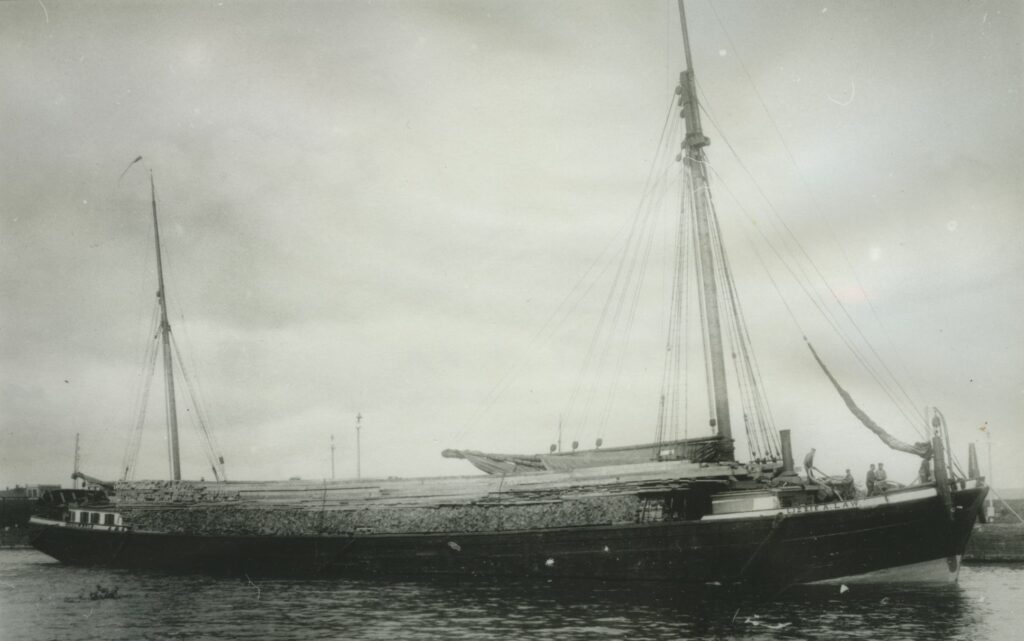
The National Oceanic & Atmospheric Administration (NOAA) manages the Thunder Bay National Marine Sanctuary (TBNMS) with the state of Michigan, and its researchers joined forces with Robert Ballard’s Ocean Exploration Trust to track down the Ironton’s final resting-place.
They eventually found it upright with all three masts still standing and rigging attached to the spars at a depth of around 90m, preserved by the cold, fresh waters of the lake.
Ashtabula to Marquette
The timber ship had been built by the Niagara River Transportation Company in 1873 and was used to carry grain, coal, lumber and iron ore
On 26 September she and another schooner-barge, Moonlight, were being towed unladen by the 58m steamer Charles J Kershaw, on route from Ashtabula on Lake Erie in Ohio to Marquette on Lake Superior in Michigan.
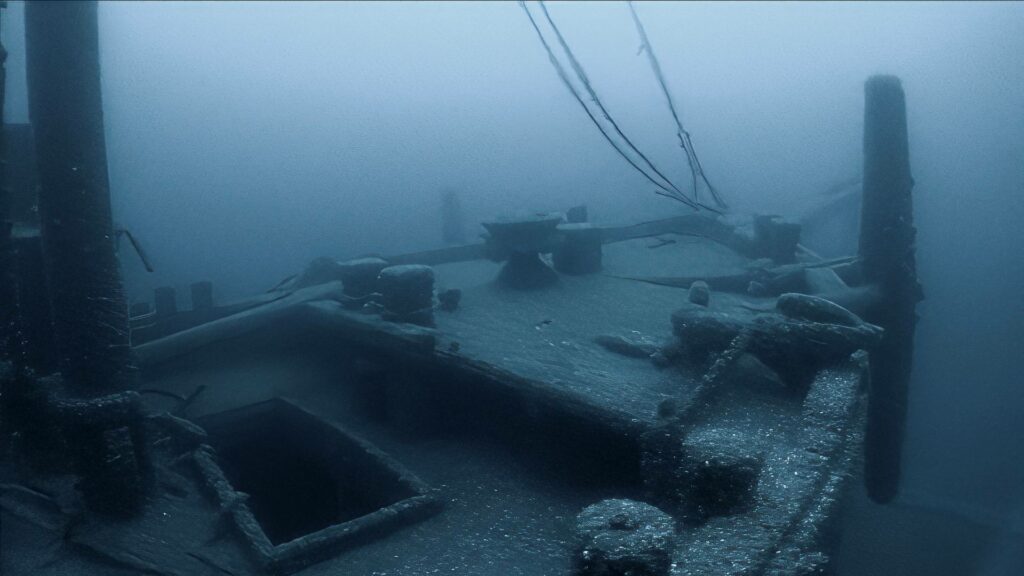

While heading north across Lake Huron after midnight the towing vessel’s engine failed, and north of the Presque Isle Lighthouse a strong south wind pushed the barges towards the disabled steamer. Moonlight’s crew had to cut Ironton’s tow-line to prevent a possible collision.
Captain Peter Girard ordered Ironton’s crew to start its auxiliary steam engine to provide power while the sails were set, but the strong wind drove the struggling ship into the path of the southbound 62m Ohio, with the head-on collision holing Ironton on her port bow.
Laden with grain, the Ohio sank quickly but all her 16 crew escaped on lifeboats to be picked up by nearby vessels. Meanwhile the stricken Ironton drifted for more than an hour before sinking out of sight of the rescue vessels.
Unmapped lakebed
The location of the Ironton’s sinking had remained a mystery, but in 2017 the TBNMS led an expedition to survey 100sq miles of unmapped lakebed and in the process found the wreck of the Ohio at a depth of around 90m.
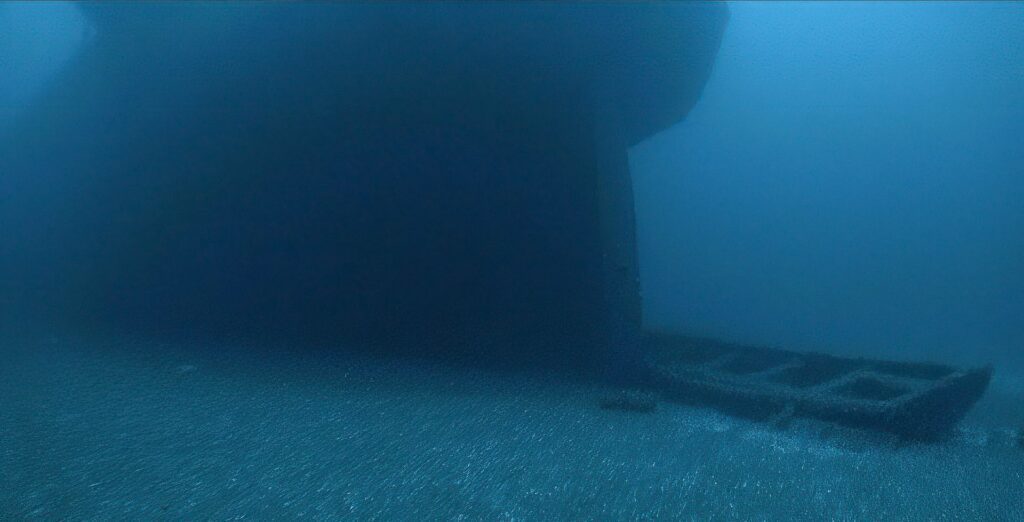
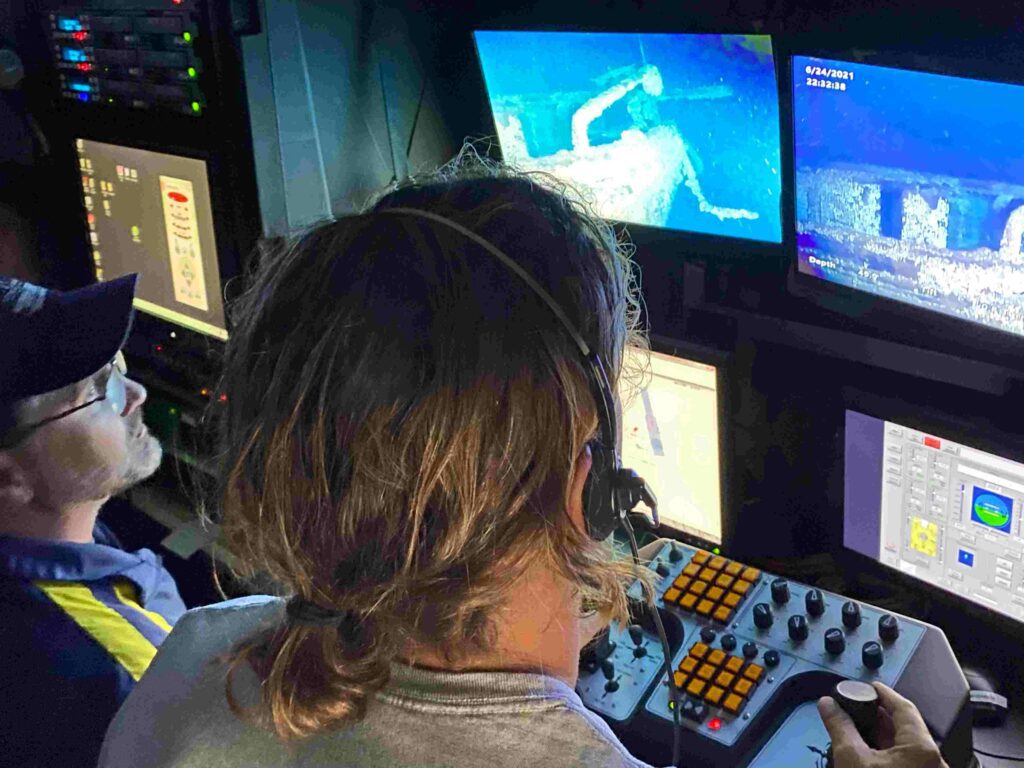

(NOAA Thunder Bay National Marine Sanctuary)
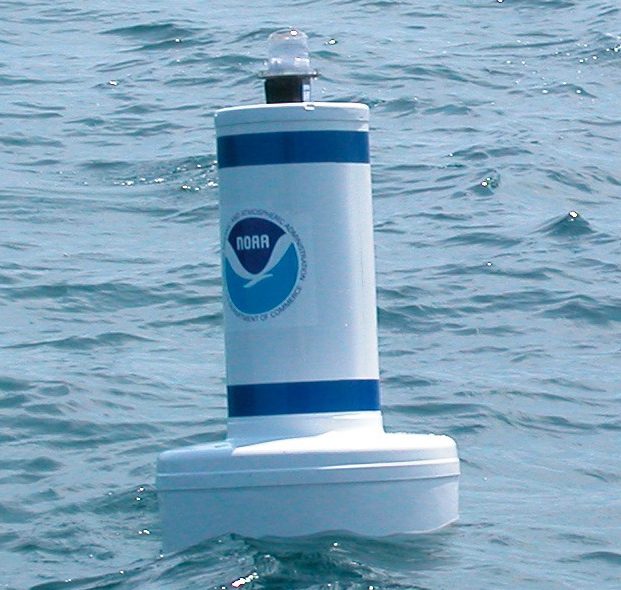
Two years later the team carried out another mapping expedition with Ocean Exploration Trust using the latest technology, including BEN, the University of New Hampshire’s autonomous surface vehicle, and NOAA’s Storm research vessel, both equipped with multibeam sonar.
The search area was chosen on the basis of new research into weather conditions and wind direction on the night of the two sinkings.
However, the wreck of the Ironton remained elusive up to the expedition’s final days, when the search area was enlarged and the team’s persistence eventually rewarded.
The sonar images obtained were compelling but the identity of the wreck was confirmed only when an ROV could be sent down from Storm to collect video footage a month later.
In June 2021 further high-resolution video was obtained using an ROV by a team on the USCGC Mobile Bay, and now the discovery has been shared.
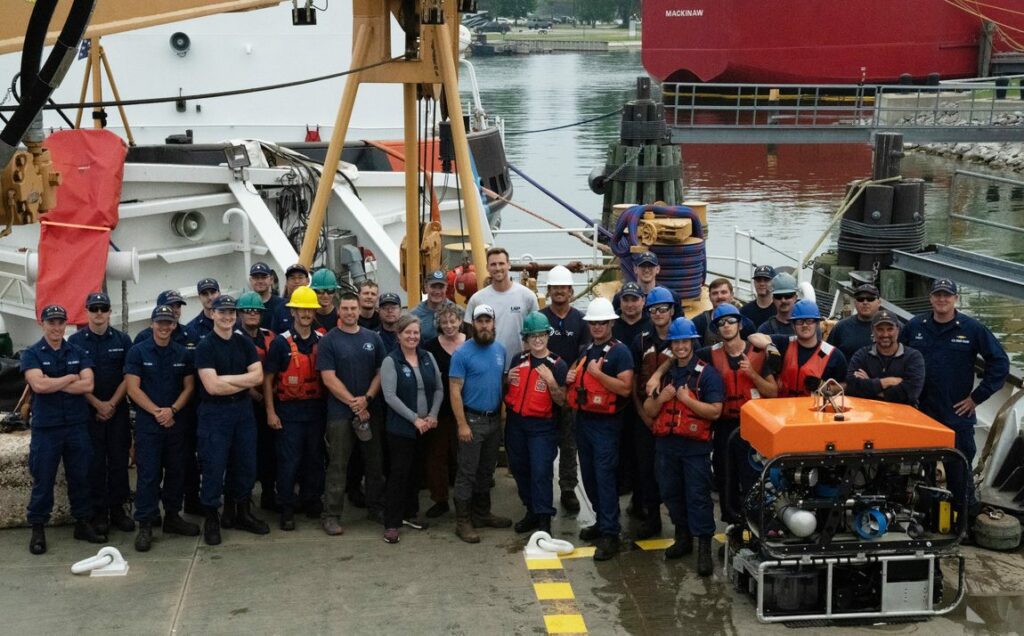
The TBNMS has plans to develop educational materials to help tell the Ironton / Ohio story – and also wants to assist and safeguard technical divers wishing to explore the wreck.
“With our partners the state of Michigan, we plan on exploring seeking permits to place a mooring buoy at the site,” resource protection co-ordinator Stephanie Gandulla told Divernet.
The TBNMS has now established buoys at 50 wreck-sites, including that of the Ohio. “Just last year we installed mooring systems at our deepest sites yet – a big accomplishment to protect these fragile shipwrecks and provide access to divers.” See a video of the Ironton on YouTube.
Also on Divernet: Atlanta Wreck Identified In Cold Lake Superior, Diver Tamara’s Double Discoveries Honour Native Americans, 1927 Chevy Found On Oddly Angled Wreck, Early Schooner Found In Lake Michigan, Nineteen To Intrigue
